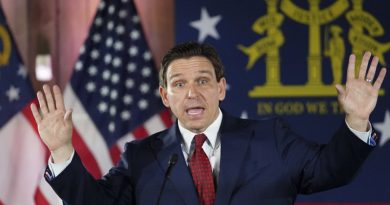CORRECTED-Fed's super-easy policy likely to stick after weak jobs report
(Corrects typographical error in third paragraph forecast number)
WASHINGTON, May 7 (Reuters) – The 266,000 jobs that U.S. firms added in April give Federal Reserve policymakers little reason to do anything but keep the monetary policy tap wide open until it is clear the economy is on a path back to full employment.
The unemployment rate rose to 6.1% and remains well above the 3.5% it reached in the months before the pandemic, the Friday report showed. Just 57.9% of the population was working, the report showed, well short of 61.1% as of February 2020. And the economy is still short more than 8 million jobs compared to its pre-crisis level.
A Reuters poll of economists had predicted the economy would add 978,000 jobs in April.
“This puts less pressure on the Fed to prematurely talk about tapering. They wanted to be patient and hold off on it,” said Larry Adam, chief investment officer at Raymond James in Baltimore, Maryland.
The numbers are sure to disappoint Atlanta Federal Reserve president Raphael Bostic, who on Thursday said he was anticipating “a really strong number” in excess of a million new positions. Even that would not have budged his views about the path of Fed policy.
“I have in my head that we are not out of the woods … I am going to keep my head down,” Bostic said.
The Fed in December said it would not consider changing monetary policy, and particularly its $120 billion in monthly bond purchases, until there had been “substantial further progress” in reaching its full employment and 2% inflation goals.
Since then prices of some goods have surged, but Fed officials feel the rise is likely temporary and their hope is to raise inflation to a persistent 2% — something that will only become apparent over time.
Policymakers have made clear they won’t be satisfied until the combination of job gains and evidence of more to come have put the economy on a path towards “maximum employment.”
After the report, interest rate futures traders slashed bets the Fed will start raising rates next year, and the yield on the 10-year Treasury fell to a two-month low.
The bulk of U.S. central bankers see waiting until 2024 before lifting rates for the first time since slashing the Fed’s policy rate to near zero last March.
Source: Read Full Article

